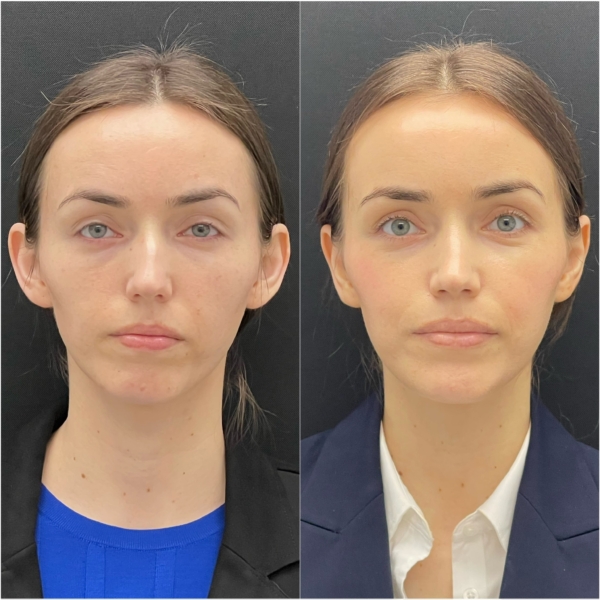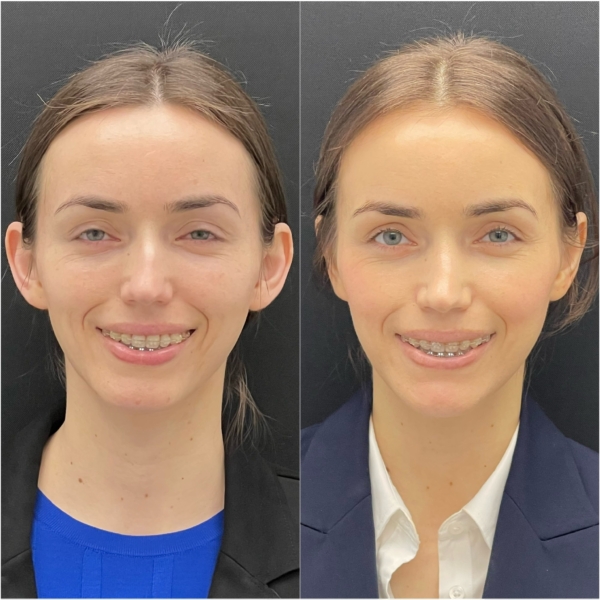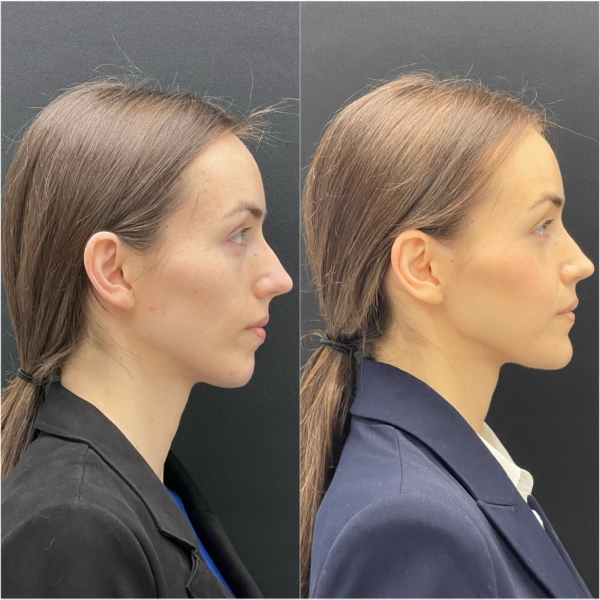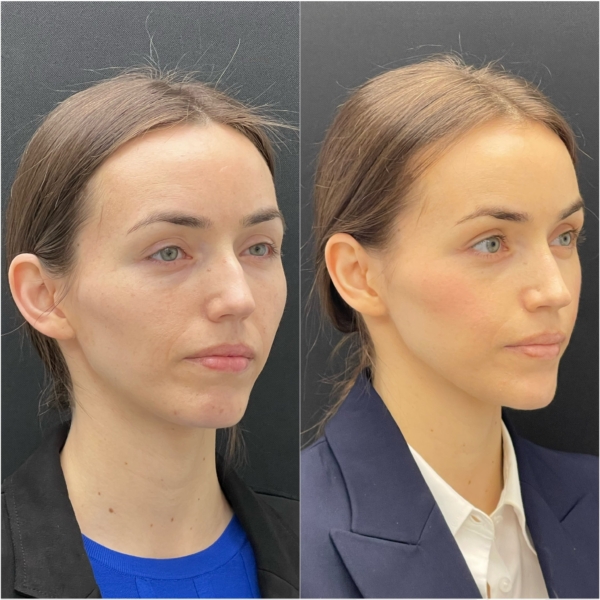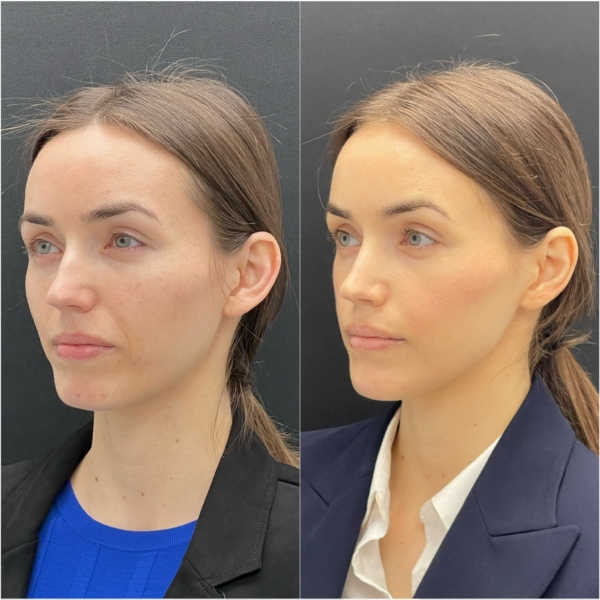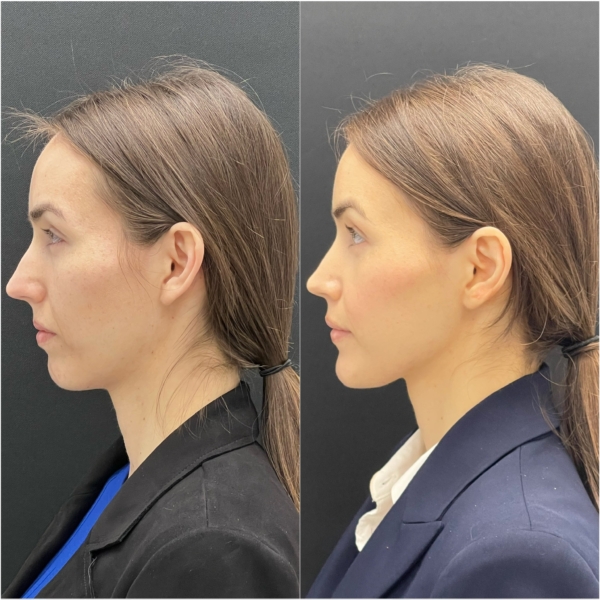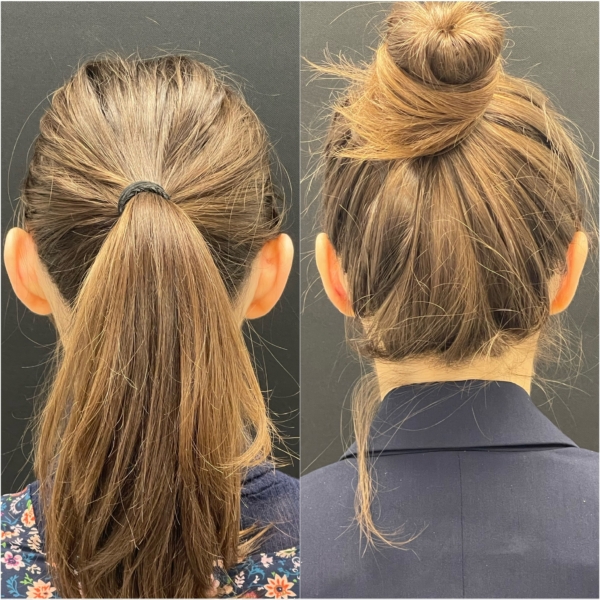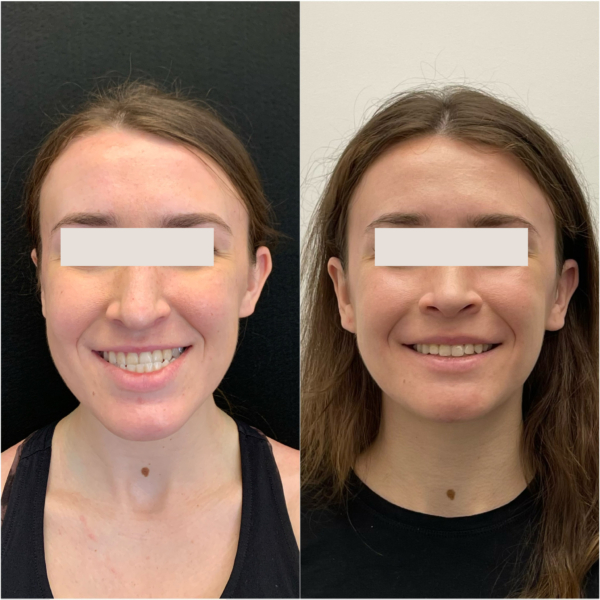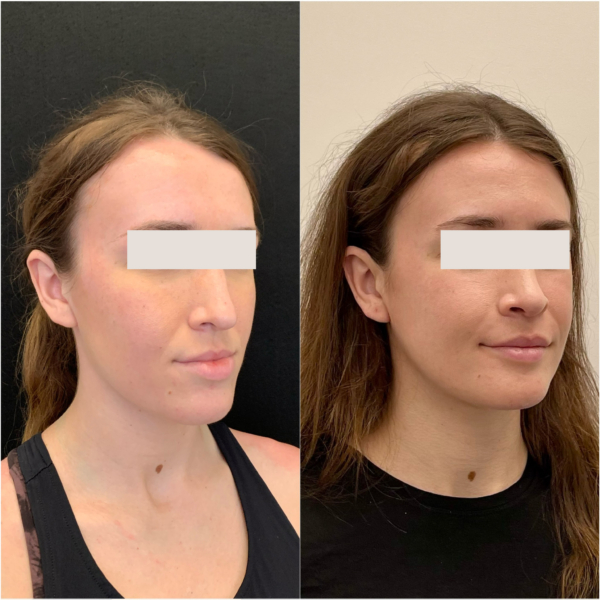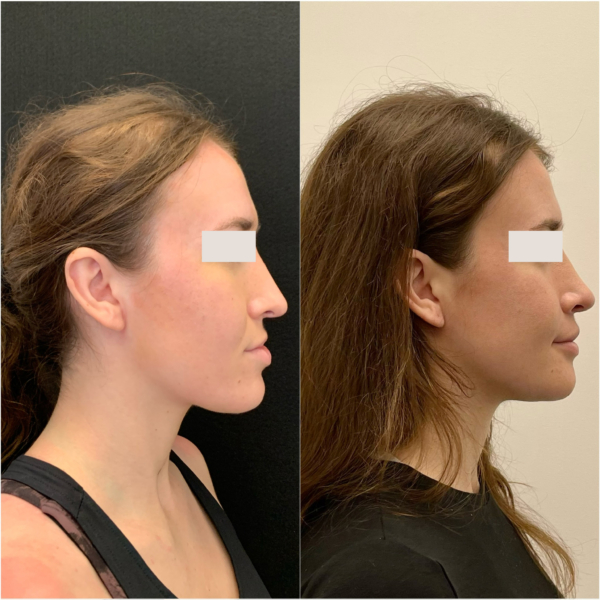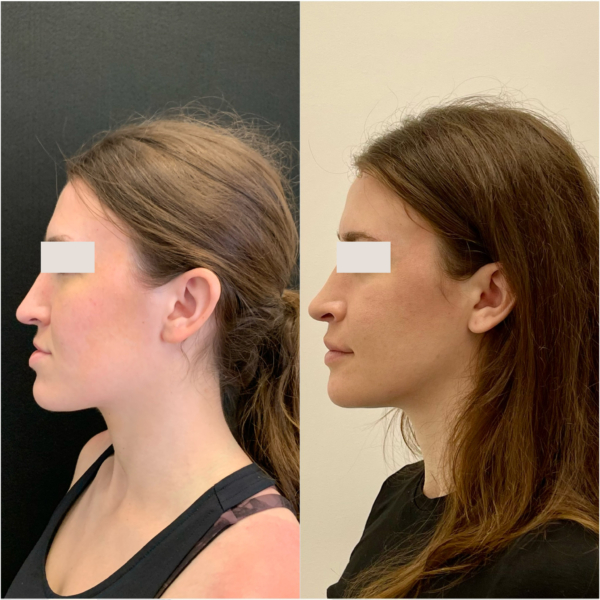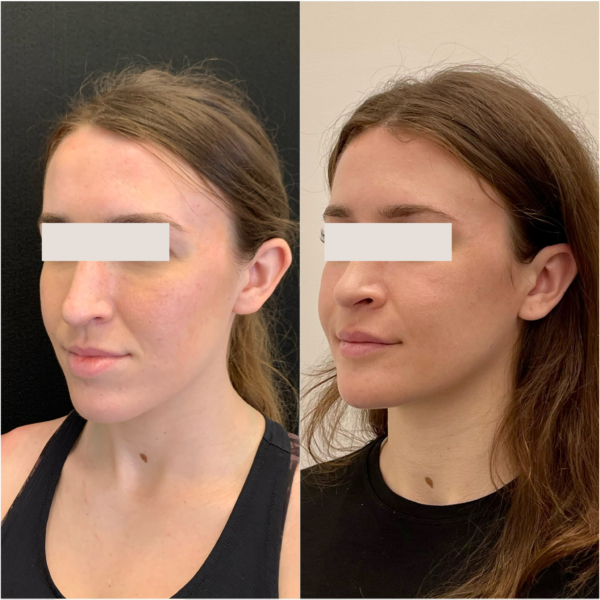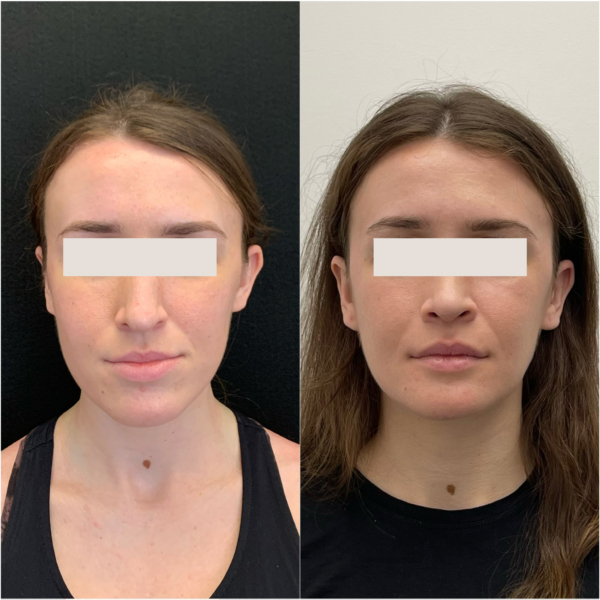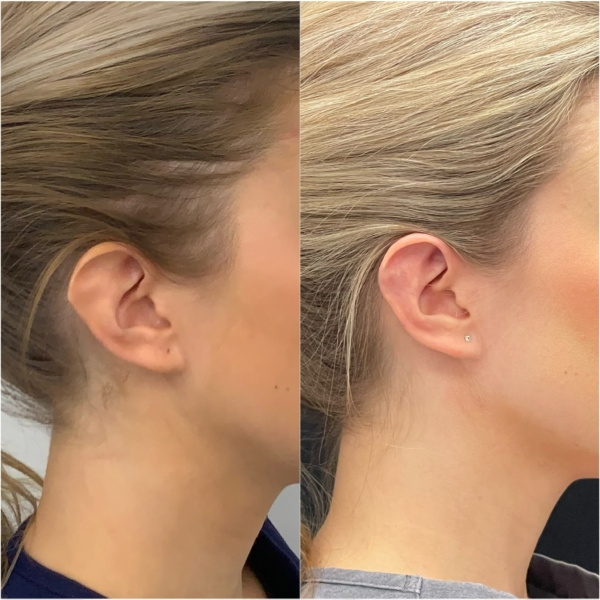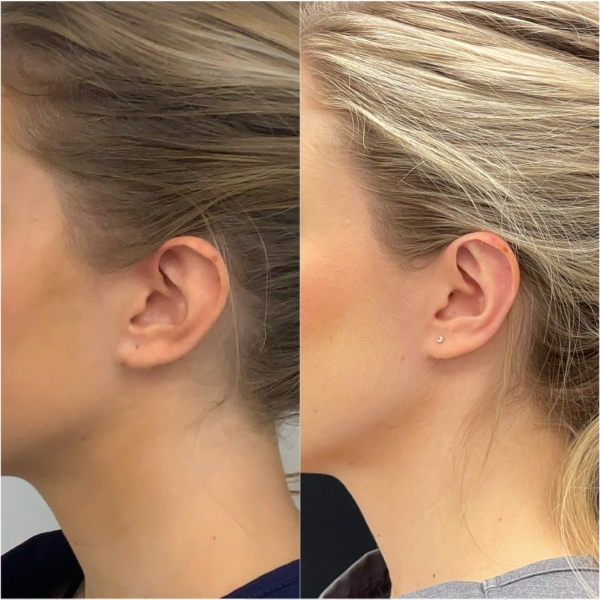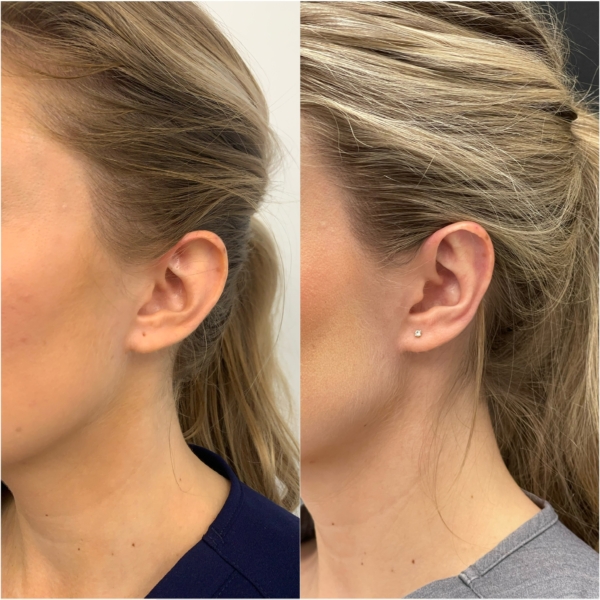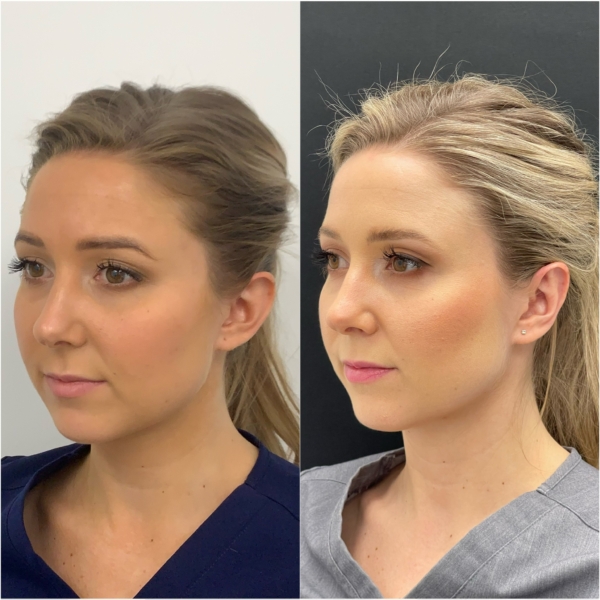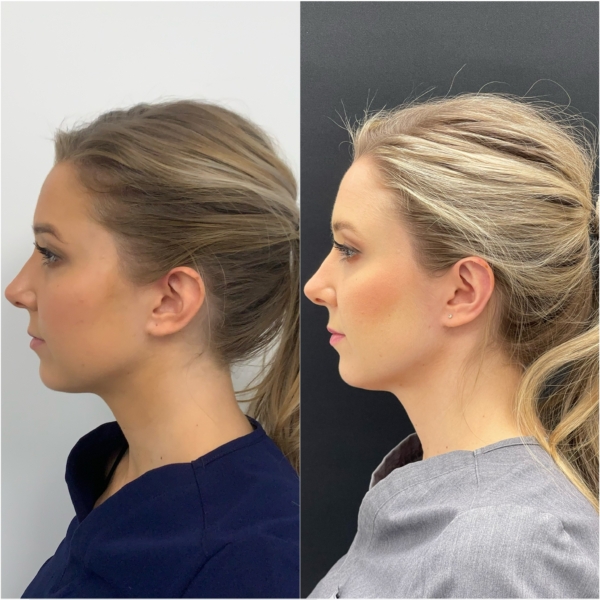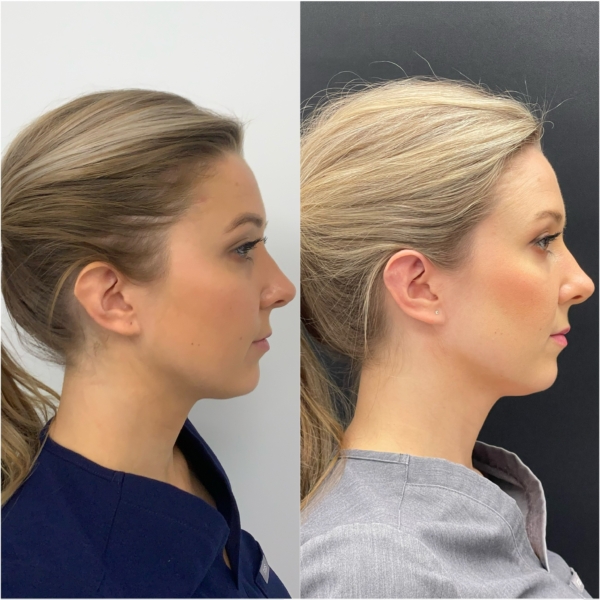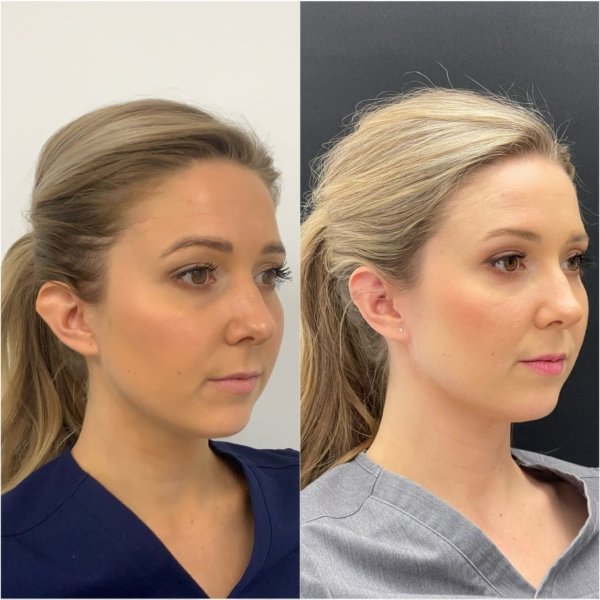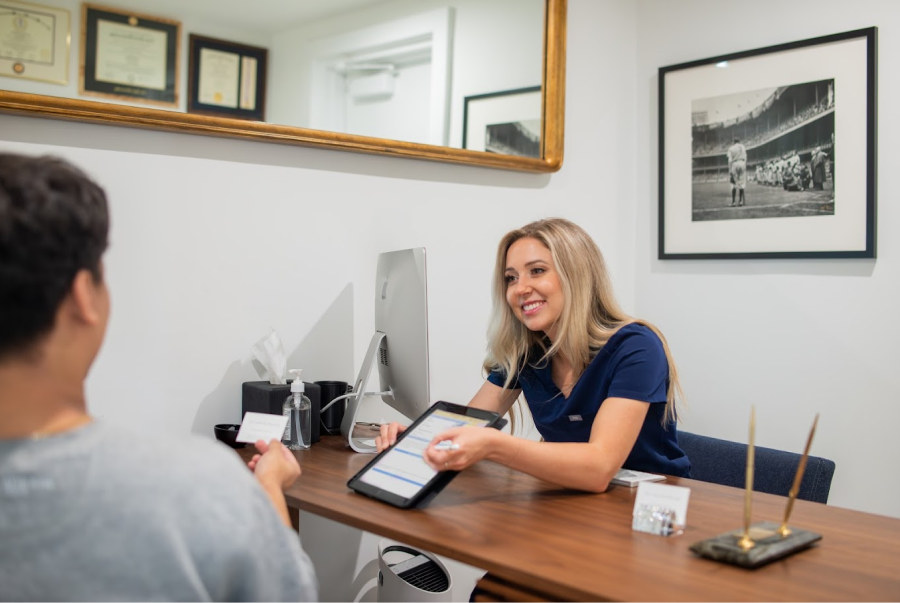
What is Otoplasty (Ear Surgery)?
Otoplasty, commonly referred to as ear pinning, is a procedure designed to reshape, reposition, or reduce the size of the ears. It is ideal for individuals with prominent, asymmetrical, or misshapen ears who seek a more balanced and proportionate appearance. The surgery typically involves creating an incision behind the ear to access the cartilage, which is then reshaped or pinned closer to the head using internal sutures. Recovery is quick with minimal visible scarring.
Earlobe repair is a type of otoplasty that corrects damaged or misshapen earlobes, typically caused by injuries, accidents, or wearing heavy earrings for long periods, by trimming excess skin and reshaping the lobe using stitches to close tears and restore its natural appearance.
Patient Results
View before and after photos of our patients who had this procedure.

Benefits of
Otoplasty
- Corrects protruding, misshapen, or asymmetrical ears
- Minimally invasive procedure with discreet incisions (often made behind the ear) leaving no visible scars
Are there scars?
While any skin incision will leave a scar, the incisions for ear surgery are typically made behind the ear or in the natural creases of the ear, so the scars are well-hidden and typically imperceptible after a few months. Proper postoperative care will help the scars heal better and faster. This includes sun block, silicone gel, and avoiding sun exposure during the healing phase.
Where will the incisions be?
Incisions are typically behind the ear and in the natural creases of the ear.
What type of anesthesia is used?
This is commonly done under a light “twilight” (IV) sedation. This allows you to remain comfortable and relaxed during the procedure.
How long does this procedure typically take?
1-2 hours (Patients can return home the same day)
What is the recovery time for otoplasty?
Recovery typically takes about 1-2 weeks. Initial swelling and bruising will subside during this period, and most patients feel comfortable returning to work or school after 5-7 days. Full recovery, including the softening of the ear cartilage and complete healing, may take several months.
How long until I can be out in public?
Most patients can resume work and are considered “restaurant-ready” within 1-5 days. For social events such as weddings (guest), graduations, or holidays, one should allow 2-3 weeks for recovery.
When is the best time to get otoplasty?
The best time for ear surgery depends on the patient’s age and concerns. Children as young as 5 years old may benefit from the procedure, as their ears are fully developed. Adults can undergo the surgery at any age.
What to Expect
After Surgery
- You may experience some temporary numbness or altered sensation around the ears, but this typically resolves over a few weeks
- A compression bandage or headband will likely be worn for the first few days to help support the ears and reduce swelling. Afterward, you may be advised to wear a headband at night for a few weeks to maintain the results and prevent ear repositioning during sleep
- Patients will leave the office with a bandage that is removed in a few days, and usually have sutures that we will remove in about 5-7 days
- We will schedule follow-up appointments at usually 5-7 days (suture removal), one month, 3 months, 6 months, and one year to ensure optimal healing
- Most patients can resume work and are considered “restaurant-ready” within 1-5 days
- For social events such as weddings (guest), graduations, or holidays, one should allow 2-3 weeks for recovery
- Moderate exercise is usually resumed within one week
- Up to 90% of swelling/bruising resolves within one week
- Patients will need to avoid direct sun exposure to the incisions for at least a year and use sunscreen to protect healing skin

